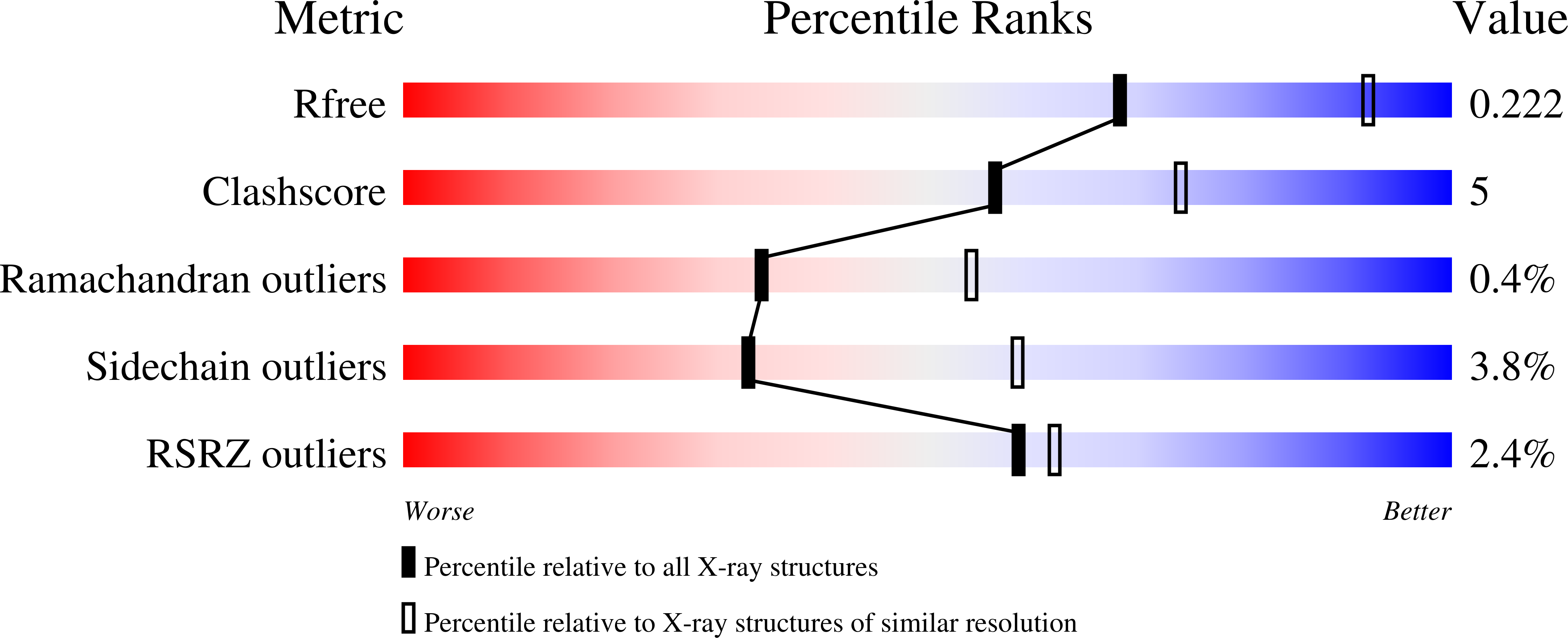
Deposition Date
2009-09-14
Release Date
2010-01-26
Last Version Date
2023-11-01
Entry Detail
PDB ID:
3JTR
Keywords:
Title:
Mutations in Cephalosporin Acylase Affecting Stability and Autoproteolysis
Biological Source:
Source Organism:
Pseudomonas sp. (Taxon ID: 405038)
Host Organism:
Method Details:
Experimental Method:
Resolution:
2.50 Å
R-Value Free:
0.22
R-Value Work:
0.18
R-Value Observed:
0.18
Space Group:
P 41 21 2


